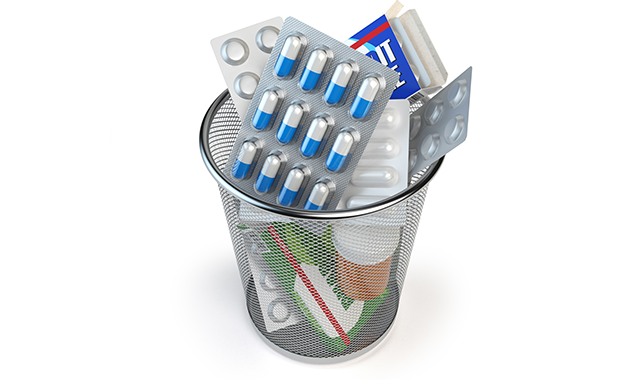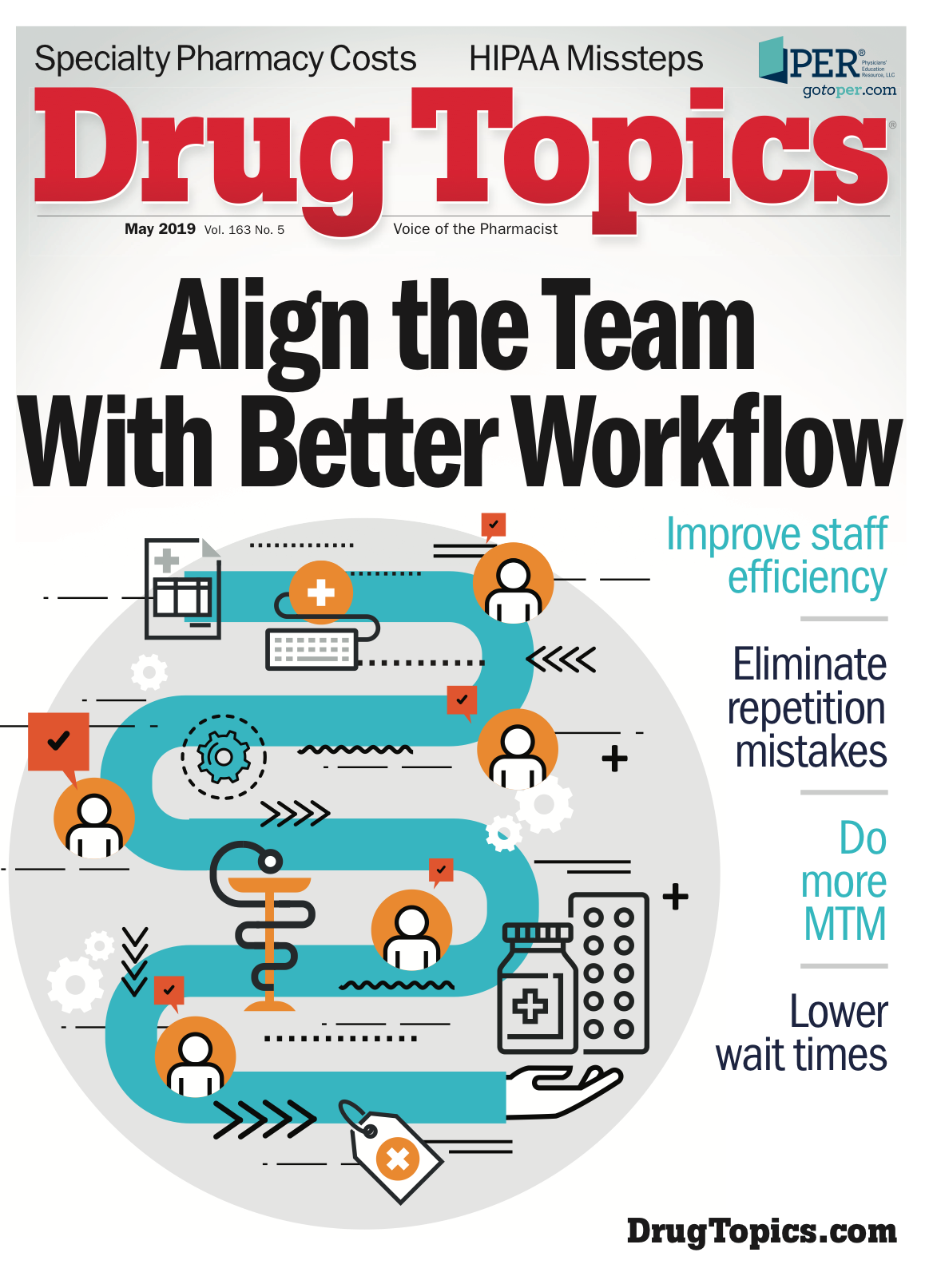EPA’s New Rules on Drug Disposal Begin in August
Approved regulations allow for some flexibility for drugs that can be redistributed or qualify for manufacturer credit.

The U.S. Environmental Protection Agency passed new hazardous waste pharmaceutical disposal rules that ban sewering, but the approved regulations allow some flexibility for drugs that can be redistributed or that qualify for manufacturer credit.
The new rules, established in 40 CFR part 266 subpart P, go into effect in August with variable implementation deadlines by state. Healthcare facilities will be able to accumulate hazardous waste pharmaceuticals onsite without a Resource Conservation and Recovery Act permit for 365 days, an increase from 275 days in the current regulation. The rule also removes over-the-counter nicotine replacement therapies from the acute hazardous waste listing, thereby classifying it as non-hazardous waste.
Trending: Harnessing Technology to Enhance Diabetes Adherence
Pharmacies and healthcare facilities will not be classified as a large-quantity generators when they create more than 1 kilogram of acute hazardous waste pharmaceuticals in one month, and thus will not need to comply with satellite accumulation area regulations.
In a welcomed and unusual departure from ubiquitous paperwork, pharmacies will not need to specify hazardous waste codes on manifests, will not need to keep track of how much hazardous waste is generated each month, nor need to segregate acute and non-acute hazardous waste pharmaceuticals.
The definition of hazardous waste pharmaceuticals are established in Title 40 Code of Federal Regulations part 261.2 subpart C and D. Two major exceptions are if a pharmaceutical can be lawfully donated or reclaimed, and OTC products that have reasonable expectations of lawful reuse or redistribution. Drugs that do not have a reasonable expectation to be eligible for manufacturer credit, a nonprescription hazardous waste pharmaceutical that does not have a reasonable expectation to be reused, dietary supplements, and homeopathic drugs must be disposed of by a hazardous waste treatment, storage, and disposal facility, including:
- investigational drugs;
- free samples of pharmaceuticals received by healthcare facilities;
- residues of pharmaceuticals remaining in empty containers;
- contaminated personal protective equipment;
- floor sweepings; and
- clean-up material from the spills of pharmaceuticals.
What Pharmacies Need to Do
With regulations in tow this summer, pharmacies will need to check state law and state regulatory activity to determine compliance deadlines before the federal deadline in August. Subpart P compliance deadlines will include a one-time notification. All personnel wil need to be trained on non-creditable hazardous waste pharmaceuticals, and a system will need to be created to determine whether drugs are creditable or non-creditable, and storage protocols will need to be established for each category and also distinguish between prescription and non-prescription products. Storage cannot exceed 365 days onsite, and healthcare facilities must adhere to labeling requirements, container standards, and shipping standards.
Latest: What the World Might Look Like Without Rebates
EPA also passed new empty container standards for dispensing bottles, syringes, IV bags, and other acute and non-acute hazardous waste pharmaceuticals. One notable change is a ban on triple rinsing containers with acute hazardous waste.
Exemptions exist for DEA controlled substances, which must be managed in compliance with DEA regulations and destroyed by a method that meets the agency’s non-retrievable standard, including approved waste combustors or incinerators.
The final rule can be read in The Federal Register, and more can be found on EPA’s website, including a free webinar.
